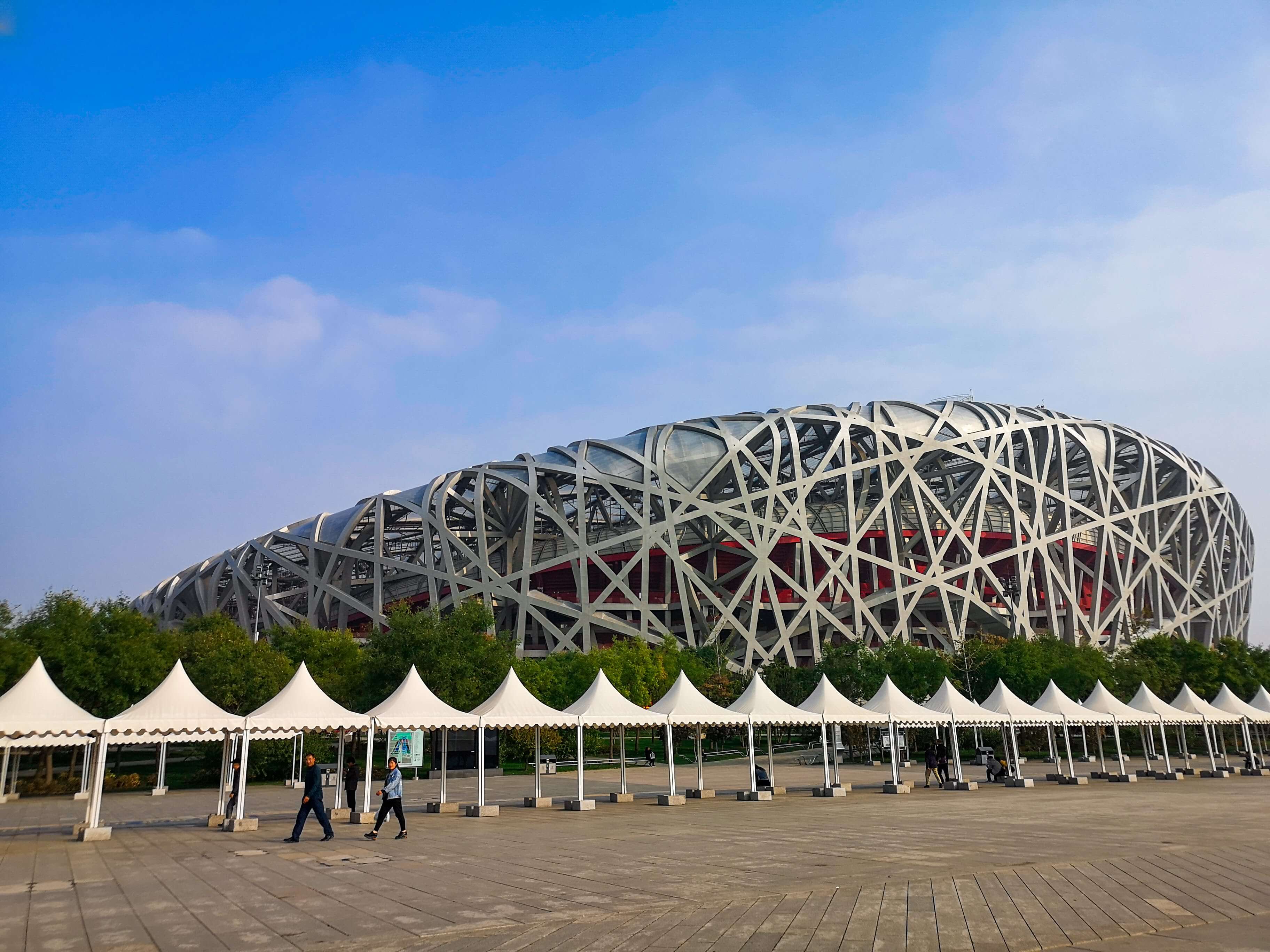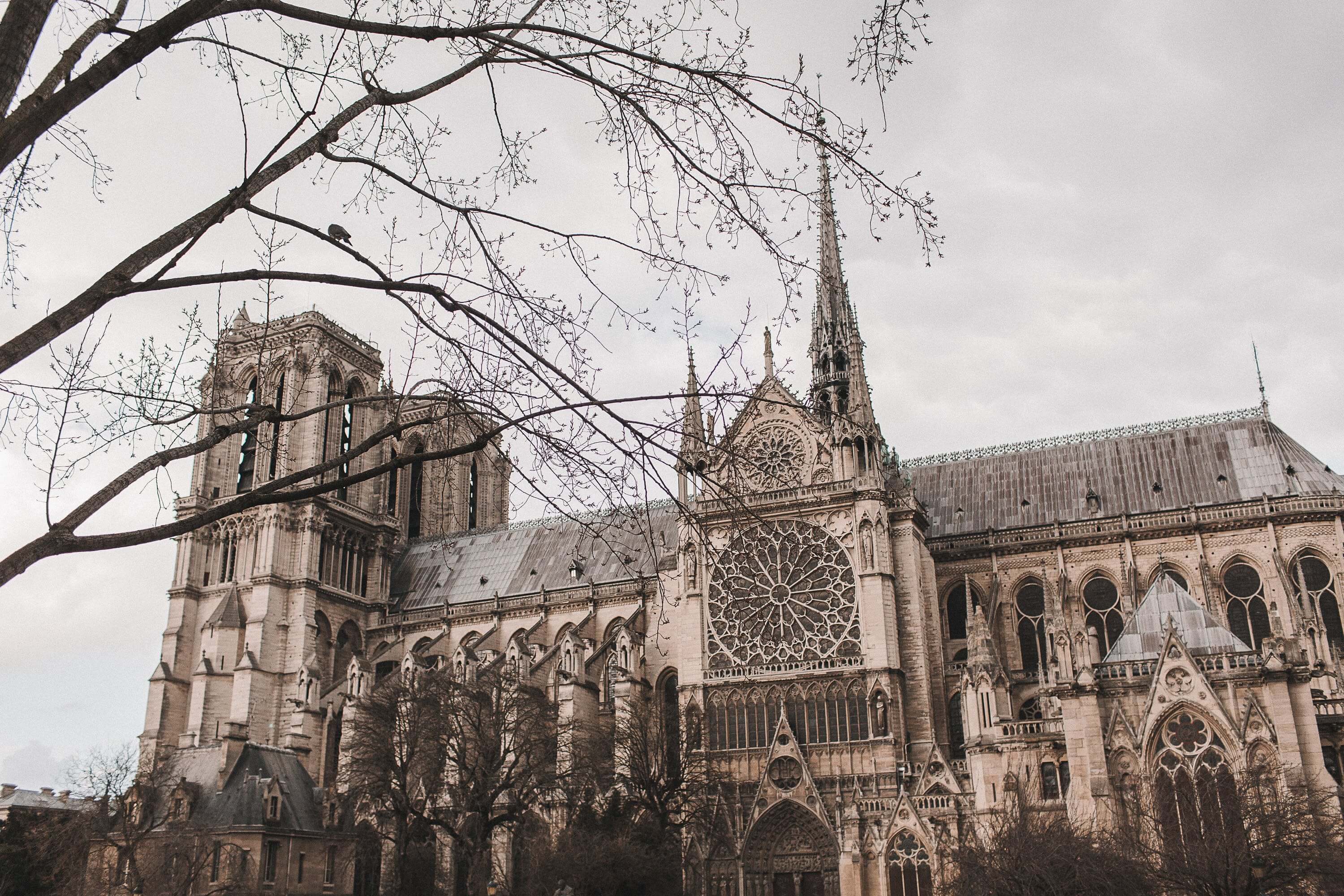
Illustration 1. Notre Dame Cathedral, Paris, France. Photo from Pexels.
Architecture is history’s silent witness; a tangible manifestation of how society has evolved over the centuries. In their journey through the ages, buildings have been eroded by time, requiring the intervention of skilled conservation architects. These experts face the challenge of restoring architectural gems of the past while preserving their essence and relevance in the contemporary context.
Architectural restoration is more than an act of conservation; it is also a dialogue between past and present. Modern technology emerges as an invaluable ally in this challenge. As such, traditional materials with a modern twist are currently used along with the most advanced techniques of laser scanning and 3D modelling. Consequently, the restoration of historic buildings has become a blend of tradition and innovation. In this post, we provide some examples where experts have been victorious in their battle against the erosion of time.
The Vessel, New York, United States
The Vessel, an iconic building in New York has been restored by the talented team at Heatherwick Studio. It is a bold testament to how architecture can be transformed and rejuvenated.
It was inaugurated in 2019 as part of the Hudson Yards complex. The Vessel is a sculptural steel and glass structure that rises majestically on the city skyline.
In its brief but exciting life, The Vessel faced the inevitable challenges of maintenance and adapting to changing urban conditions. The team, led by Thomas Heatherwick, aimed to preserve the unique essence of the structure. At the same time, they sought to enhance and redesign its presence in the city.
The restoration entailed a careful assessment of every component of the building with a meticulous analysis of the original materials. As a result recycled bricks were an important feature and were reused from former structures that were an integral part of The Vessel’s identity.
In addition, state-of-the-art techniques were implemented. These included the use of high-strength steels to reinforce the structure and ensure long-term integrity. As well as addressing functional aspects, the restoration works included an aesthetic re-evaluation. Thus contemporary layers were added, complementing Heatherwick’s original vision.
Use of advanced technology
The team also embraced the use of advanced technology. This involved employing 3D modelling to visualise and plan each step of the restoration process, facilitating a deeper understanding of the structure. In addition, they were able to experiment with new ideas and approaches. In this way they also keep the creative essence of the studio alive.
Ultimately, restoring The Vessel was an act of conservation as well as a celebration of dynamic architecture and its ability to evolve over time. The Vessel, revitalised and upgraded, remains an architectural gem that defies all expectations. Similarly, it embodies the harmonious synthesis of past, present and future in the heart of New York.
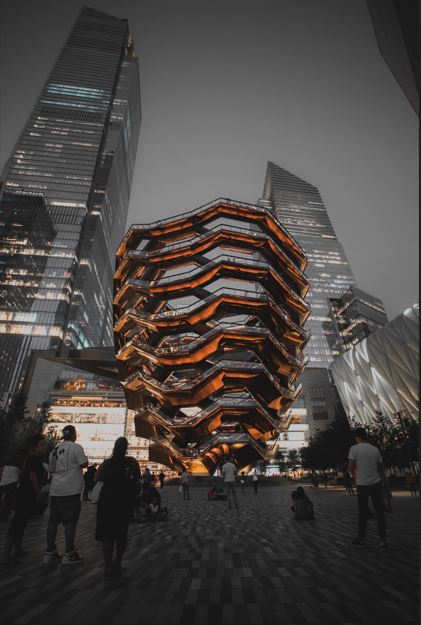
Illustration 2 The Vessel – New York, United States. Photo from Unsplash.
Notre Dame Cathedral, Paris, France
The restoration of Notre Dame de Paris Cathedral after a devastating fire is a monumental project that has captured global attention. With its rich history and iconic architecture it suffered a crushing blow on 15 April 2019, when a fire destroyed part of the structure. This tragic event triggered an immediate response to restore and preserve this treasure of world architectural heritage.
The main approach has been to stabilise the structure and protect its vulnerable parts. Accordingly, scaffolding and support structures were erected to prevent possible collapses and secure the site. Furthermore, restoration experts, architects and archaeologists carried out a detailed damage assessment. The stones, sculptures, stained glass and other architectural features were carefully examined to determine the extent of the destruction.
Some sculptures, reliefs and ornamental elements proved irretrievable. Nevertheless, efforts are underway to recreate these pieces with traditional sculpting techniques and using modern technologies such as 3D printing.
Wherever possible, authentic materials were chosen to preserve historical integrity. The quarry from where the original stone used to build Notre Dame was extracted was identified. Moreover, methods were used to obtain stone that closely matched it.
The restoration of Notre Dame will be a long-term project. Detailed plans were drawn up for each phase, making sure each step supported the long-term preservation and maintenance of its architectural integrity
In conclusion, the restoration of Notre Dame Cathedral is a complex and exciting project that represents the resilience of architectural heritage. The combination of tradition and technology has been instrumental in restoring Notre Dame to its historic splendour. In this way it continues to remain a monument that transcends time.
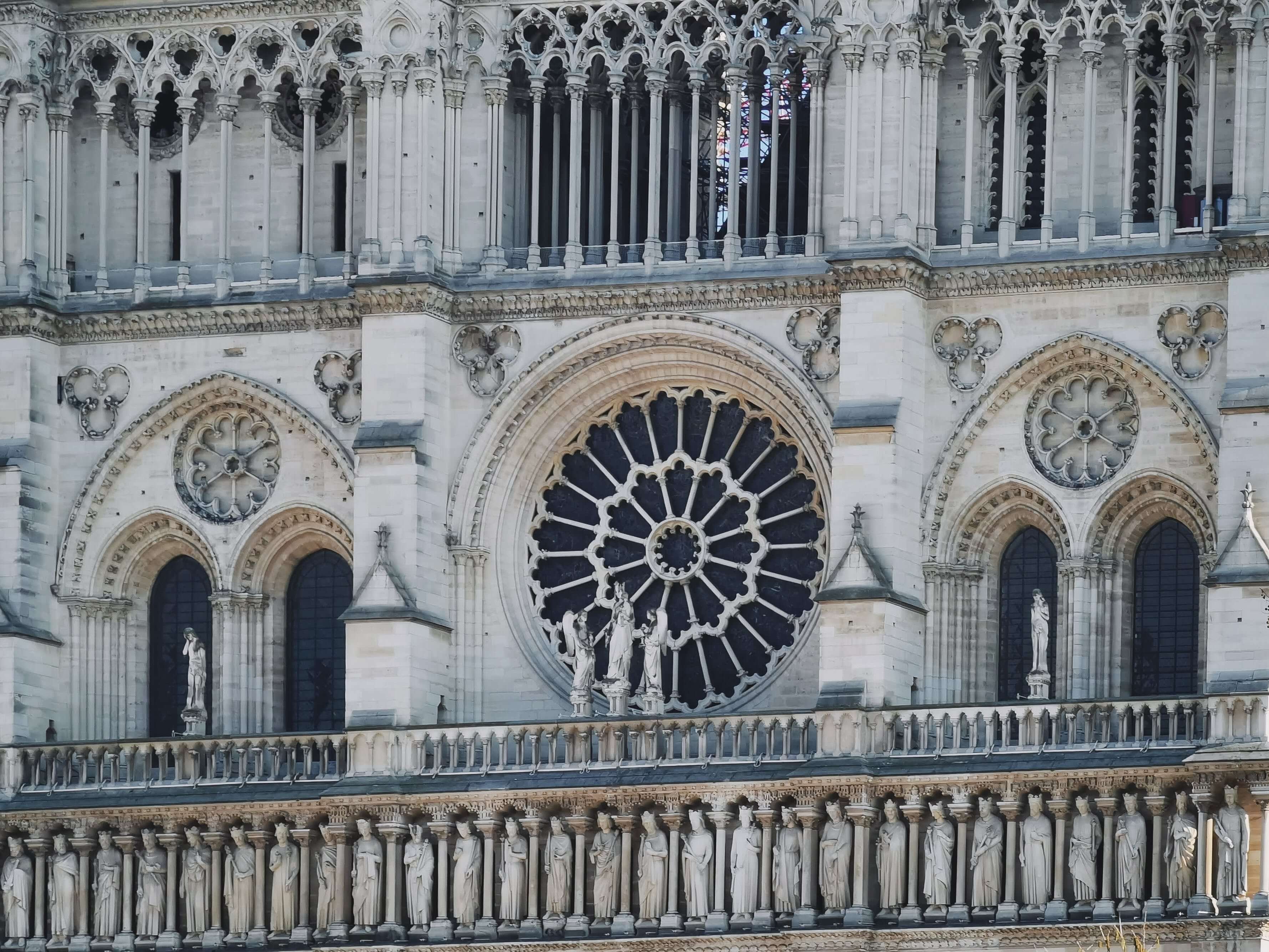
Illustration 3 Notre Dame Cathedral – Paris, France. Photo from Pexels.
La Sagrada Familia, Barcelona, Spain
The ongoing restoration of the Sagrada Familia in Barcelona is led by leading architect Jordi Faulí and his team. A monumental undertaking, it combines past architectural excellence with contemporary technological innovation. Antoni Gaudí’s unfinished masterpiece is an icon of modernist architecture. With this in mind, a meticulous process has been employed to preserve its uniqueness and strengthen its structure for generations to come.
Use of modern materials and technologies
Restoring the Sagrada Familia not only entails conserving the original architectural elements.It also incorporates modern materials and technologies to ensure that it will endure. Reinforced concrete and structural steel have emerged as key elements in the process. As such they have been used to strengthen the structure and address the structural challenges that have arisen over time.
In order to make the detailed inspections, drones have been used. This makes it easy for architects to obtain a comprehensive view of the structure from inaccessible angles. In this way it is possible to identify areas that require special attention. Additionally, digital modelling and laser scanning have been instrumental in understanding Gaudí’s architectural complexity and enabled the planning of specific works.
As well as assuming responsibility for preserving Gaudí’s original vision, Jordi Faulí and his team are completing the project according to his original plans. Every detail, from the sculptures to the decorative elements, has been addressed with a deep respect for the Catalan architect’s vision.
The restoration of the Sagrada Familia is more than just conservation project. It is also a tribute to Gaudí’s visionary creativity. Moreover, it illustrates how modern technology can be used to honour and protect architectural heritage. This monumental building stands as a testament to Barcelona’s history. Looking to the future, it defies time constraints, leaving a lasting legacy.
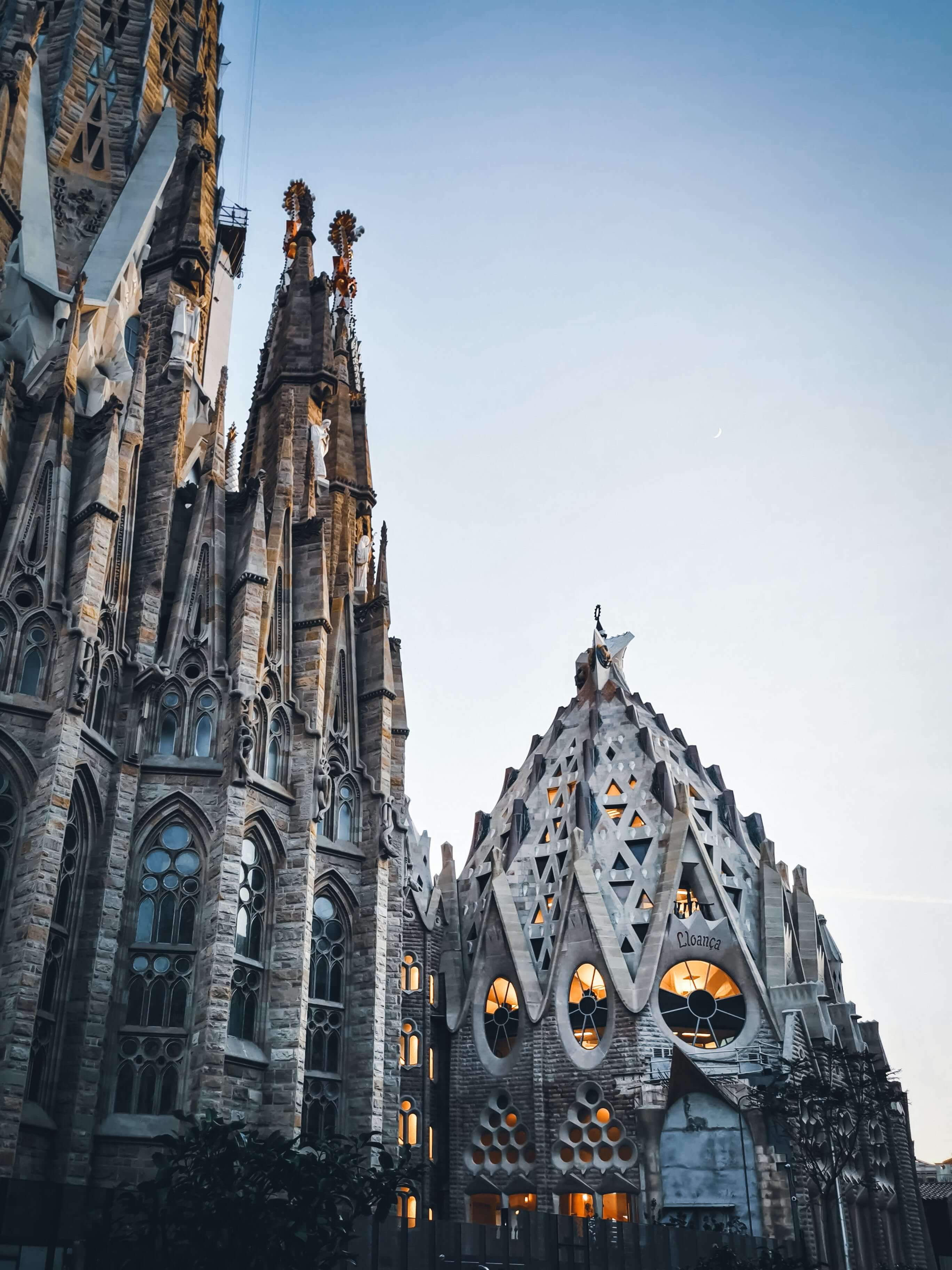
Illustration 4 La Sagrada Familia, Barcelona, Spain Photo from Unsplash.
Ultimately, the restoration of historic buildings is a balancing act between preserving architectural heritage and incorporating technological innovations. Not only do restoration professionals renovate and restore structures, they also create bridges between different eras. They reveal how the art of restoration not only defies the barriers of time, but also transcends them. Leaving an enduring legacy for generations to come.

